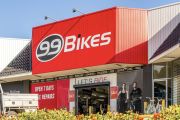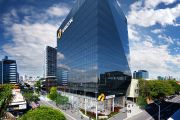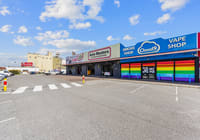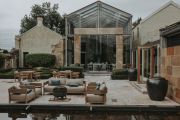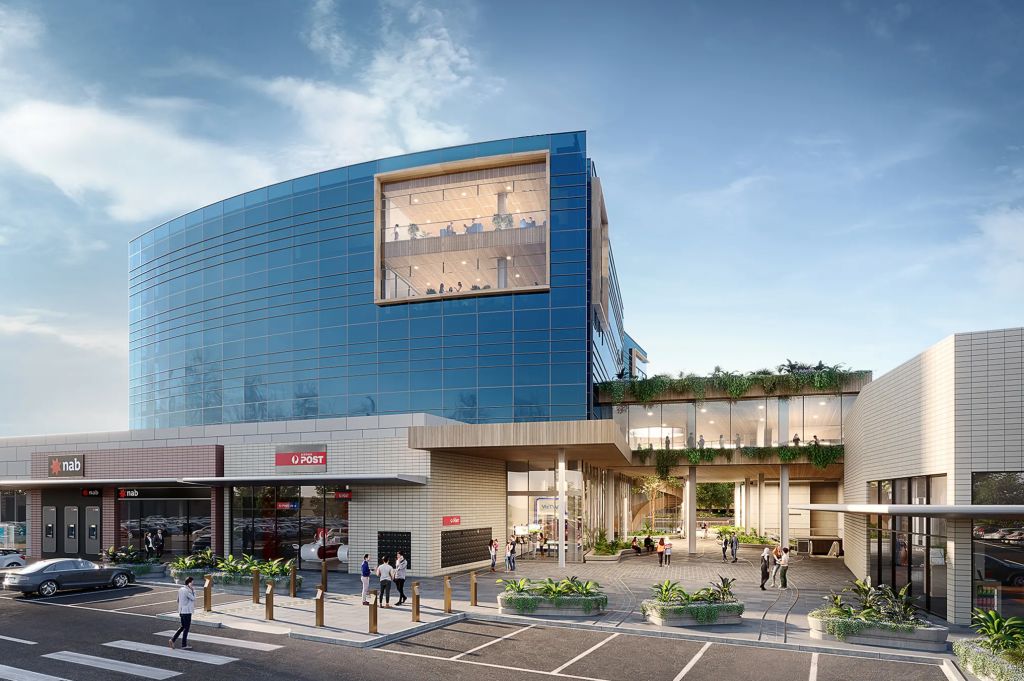
Ballrooms, big bands and apartments all feature in post pandemic malls
Ballroom dancing, big bands and yoga are ways of using unoccupied retail space as landlords morph their traditional shopping centres away from the big box at each end of a walkway into living and breathing malls.
While there will always be the usual mix of apparel, department stores and food tenants, a post COVID-19 shopping centre now offers healthcare and wellness outlets, open and airy food courts and events space.
Excess land, once used as car parking or back-room storage, is now being developed by the owners into hotels and office blocks.
Leading landlords including Vicinity, Scentre, Mirvac, AMP Capital, QIC and SCA Property Group say while the retail sales market remains challenging, particularly in city centres where offices are still only half full, the outlook for malls is getting brighter.
Speaking at the annual Shopping Centres News Big Guns retail event in Sydney on Thursday, the landlords all said that malls must evolve to remain relevant.
Due to the pandemic, SCN forewent its usual mall rankings, which has been led for many years by Vicinity and Gandel Group’s Chadstone shopping centre in Melbourne’s south-east. The owners have built a five-star hotel and new office towers are underway.
Of the malls that could offer comparative sales per square metre in the 2021- 22 years, Lendlease’s Australian Prime Property Fund’s 51,964 square metre Cairns Central mall in Far North Queensland topped the list with moving average turnover (MAT) – a measure for sales per square metre – of $12,815 per square metre.
Mirvac and Perron Group’s 52,583 square metre Broadway centre at the southern end of the Sydney city was a consistent performer with $10,996 per square metre.
The global head of QIC real estate, Michael O’Brien, said QIC, which centres include the Castle Towers mall in Sydney’s Hills District and Pacific Epping and Pacific Werribee in Melbourne, is looking at an array of mixed-use developments including build-to-rent (BTR) apartments for more affordable housing.
“By incorporating a broader mix of uses within the retail assets and evolving traditional shopping destinations into multi-dimensional day and night experiences, our town strategy responds to the changing ways people want to live, work and shop,” he told the audience.
“We are looking at having offices, BTR residential, healthcare and civic spaces at the centres.”
QIC recently partnered with Australia Post to provide and in-centre fulfilment hub at its Pacific Werribee and Eastland malls in Melbourne. It is also developing co-working hubs at Eastland.
SCN publisher and retail industry veteran Michael Lloyd said as larger “big box” stores downsize or even close, that space could be used for a wide range of activities.
“Why not have big bands or ballroom dancing and yoga rooms to make the shopping centres true destinations and community hubs?” he said.
Another way to create new space is by utilising car parks which are in less demand as more people opt to ditch the car as a result of higher fuel costs.
SCA Property Group’s chief operating officer Michelle Tierney said changing the use of car spaces into areas such as dedicated click and collect bays for its supermarket anchors was a focus for the food-anchored neighbourhood mall landlord.
“The rise in online shopping as a result of the pandemic has gravely impacted many bricks-and-mortar retailers that have not pivoted their business,” Ms Tierney said.
“Our supermarkets have been focused on bringing to life click and collect strategies, and we have been able to support this through delivering dedicated bays and drive through lanes across more than 75 per cent of our portfolio.”

